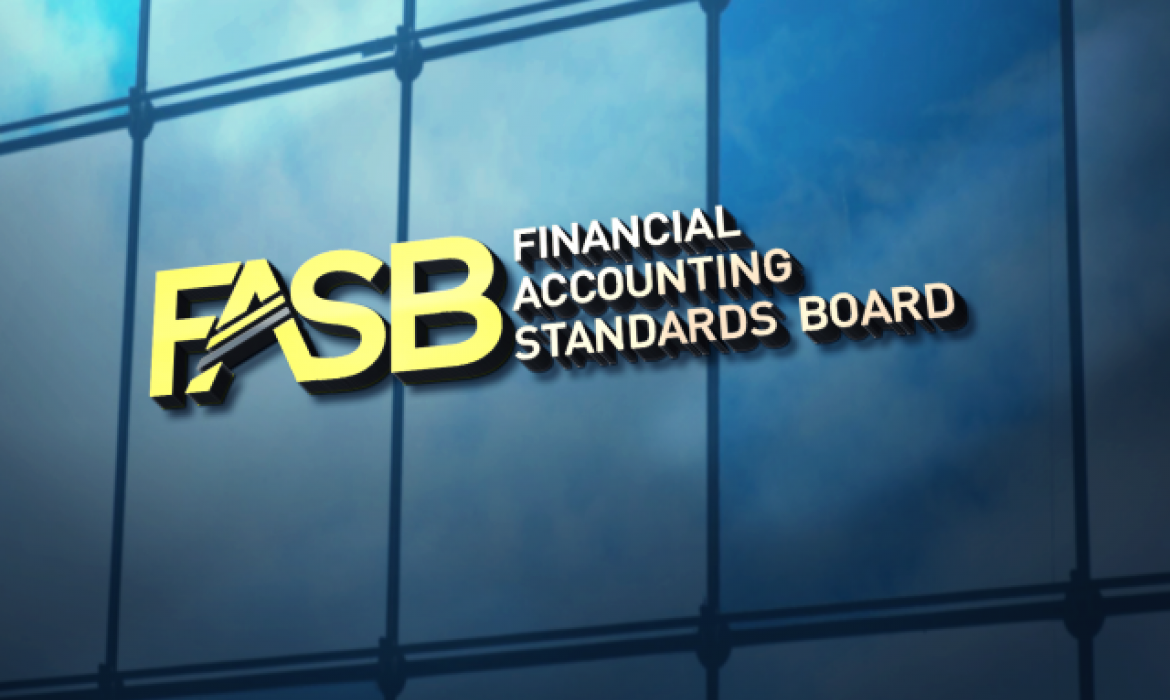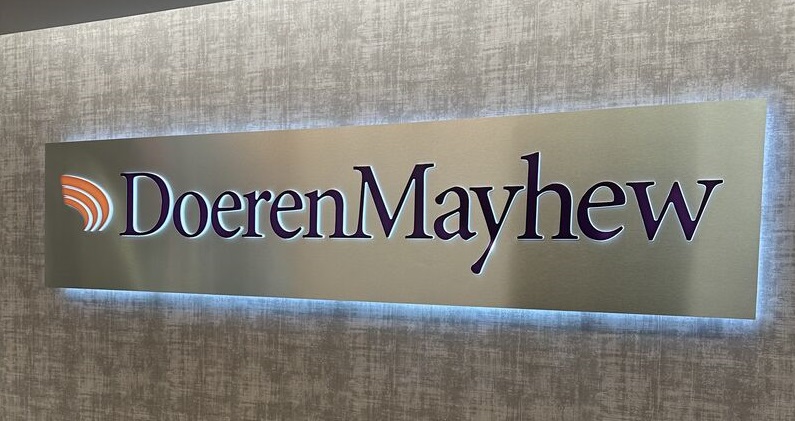Many of your small business clients, especially those in retail operations, have struggled with responsibilities for collecting and remitting sales and use taxes to the appropriate jurisdictions. This includes issues relating to sales transactions and exemption documentation, purchases of fixed assets and expenses, tax return preparation and point-of- sale (POS) systems.
However, implementation of internal controls within these organizations, or making improvements when needed, can alleviate concerns. To better assist your clients, instruct them to focus on the following three main areas: training on data management, sales and use tax software and pre-audit defense.
1. Training on data management: Staffers must be properly trained to function internally as well as coordinating activities with outside resources. Training encompasses several elements.
- Obtain the necessary data. This includes the “who, what, when, where and how” (WWWWH) fields of the data. Find out which systems have tax calculation data, which ones have tax decision data and how information should be disseminated. Examine reports – some manual review of complex transactions may be required.
- Understand the WWWWH data being managed. Staffers should be well-versed in electronic processes and coding sales and purchase transactions for different jurisdictions and accounts. They must be able to verify transaction details, prepare back-up documents to support returns and reconcile tax accounts.
- Communicate with the IT staff and understand IT systems. Know what information exists, in what format and what will be needed for tax return preparation and audit protection. Foster cooperation between the tax department and IT to promote success.
- Safeguard and validate the data. Obtain the necessary exemptions and resale certificates based on the data. Establish procedures for maintaining tax and audit issue resolutions. Notably, staffers should be trained in department accountability and reporting and reviewing for audit purposes.
2. Sales and use tax software: Utilizing all the tools at the firm’s disposal, such as compliance software, is an important aspect of internal controls. Accordingly, take the following steps.
- Meet compliance requirements through automated tax decision, rating and return preparation. Ensure that the WWWWH is being met and statutory exemptions are addressed.
- Use accounting personnel where they are needed the most. Don’t waste high-priced talent on insignificant matters.
- Archive data for audit and other purposes. This can provide critical support in the future.
- Provide seamless integration with accounting and billing platforms. The software will allow your firm to “bridge the gap.”
- Remember that automation doesn’t provide absolute protection from human error. As a result, you still have to conduct reviews, particularly as they pertain to certain accounts, past problems or major clients and vendors.
3. Pre-audit defense: The final main step in internal control requires firms to shore up their defenses for a potential audit. To this end, consider these recommendations.
- Assess the audit risk. Focus on the possibility of inaccurate records and misapplication of tax rules. The assessment may lead to further strengthening of internal controls.
- Review the WWWWH data. The more detailed the information is, the better. When appropriate, suggest new data fields that would assist in the audit process (e.g., project codes or electronic delivery fields).
- Conduct a self-audit. Do a complete work-up of transaction details and reconcile data with returns. This can help identify potentially dangerous issues and any missing items. Prepare your responses to likely inquiries.
- Weigh the benefits of a system walk-through with an auditor. There’s no preparation like the real thing.
Do your small business clients measure up? Pass along this information and work with them to ensure the optimal results.
Thanks for reading CPA Practice Advisor!
Subscribe Already registered? Log In
Need more information? Read the FAQs
Tags: Accounting, Sales Tax



